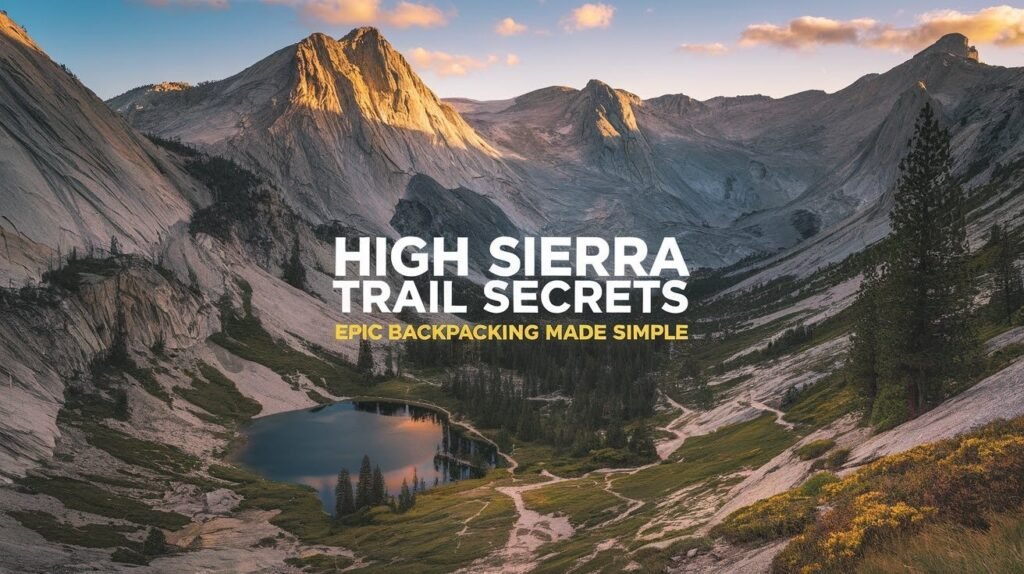Looking for an epic backpacking trip that won’t eat up months of vacation time?
The High Sierra Trail offers the perfect solution for busy hikers who want a taste of thru-hiking without the massive time commitment.
This complete guide covers everything you need to know about planning and hiking California’s most famous 72-mile trail.
As someone who has hiked this trail and helped hundreds of others plan their trips, I’ll share the insider knowledge that makes the difference between a good hike and an amazing one.
What is the High Sierra Trail?
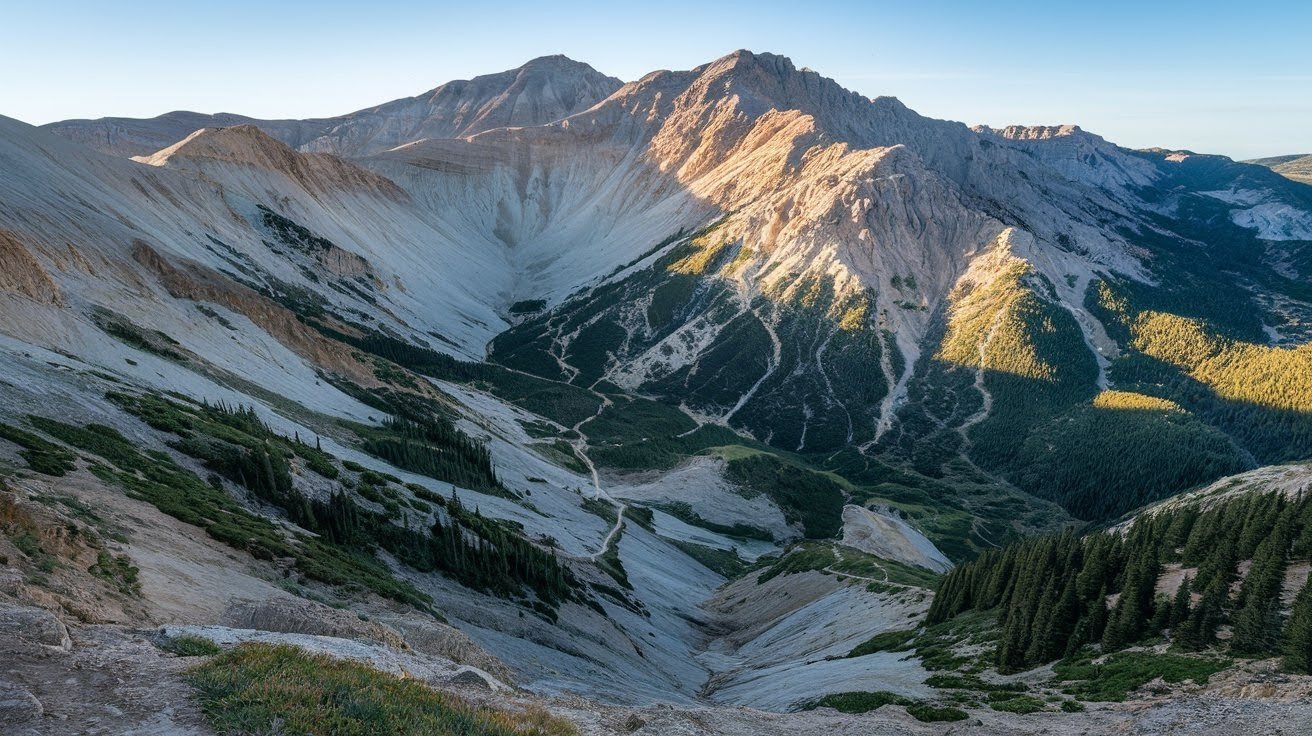
The High Sierra Trail is one of California’s most popular backpacking routes. It gives hikers the chance to cross the entire Sierra Nevada mountains in about a week. Stretching 72.2 miles through Sequoia National Park, the trail takes you from the western side to the eastern side, passing through some of the most beautiful wilderness areas in the state.
The trail is considered moderately difficult, with simple scrambling and occasional use of hands for balance. It starts at 6,700 feet and reaches its highest point at 10,700 feet. Along the way, hikers pass through notable spots like Bearpaw Meadow, Hamilton Lakes, and Kaweah Gap before reaching the summit of Mount Whitney and then heading down to Whitney Portal. Most people finish the route in 5 to 9 days, depending on their pace.
The High Sierra Trail has a long history. Construction began in 1928, making it one of the oldest recreational trails in the Sierra Nevada. It was the first trail in the area built purely for hiking and outdoor enjoyment. The Bearpaw High Sierra Camp, built in 1934, still operates today and provides a glimpse of historic Sierra hospitality for those on the trail.
High Sierra Trail Permits and Bookings
Getting permits for the High Sierra Trail requires planning ahead, but the process is straightforward once you know the rules and timing.
How to Get High Sierra Trail Permits
You need to book your High Sierra Trail permits exactly 6 months before your planned start date at 7:00 AM Pacific time. Permit costs are reasonable at $15 for the reservation plus $5 per person.
Use Recreation.gov to book your permits online, and have your dates, group size, and backup plans ready before the booking window opens. The most popular dates fill up within minutes.
Walk-Up Permits and Backup Options
Same-day walk-up permits are available at the Lodgepole Visitor Center starting at 1:00 PM the day before you want to start hiking. Checking for canceled permits throughout the spring and summer can also work in your favor.
If you want to hike westbound starting from Whitney Portal, you’ll need to enter the Whitney Portal lottery system for permit access.
Best Time to Hike the High Sierra Trail
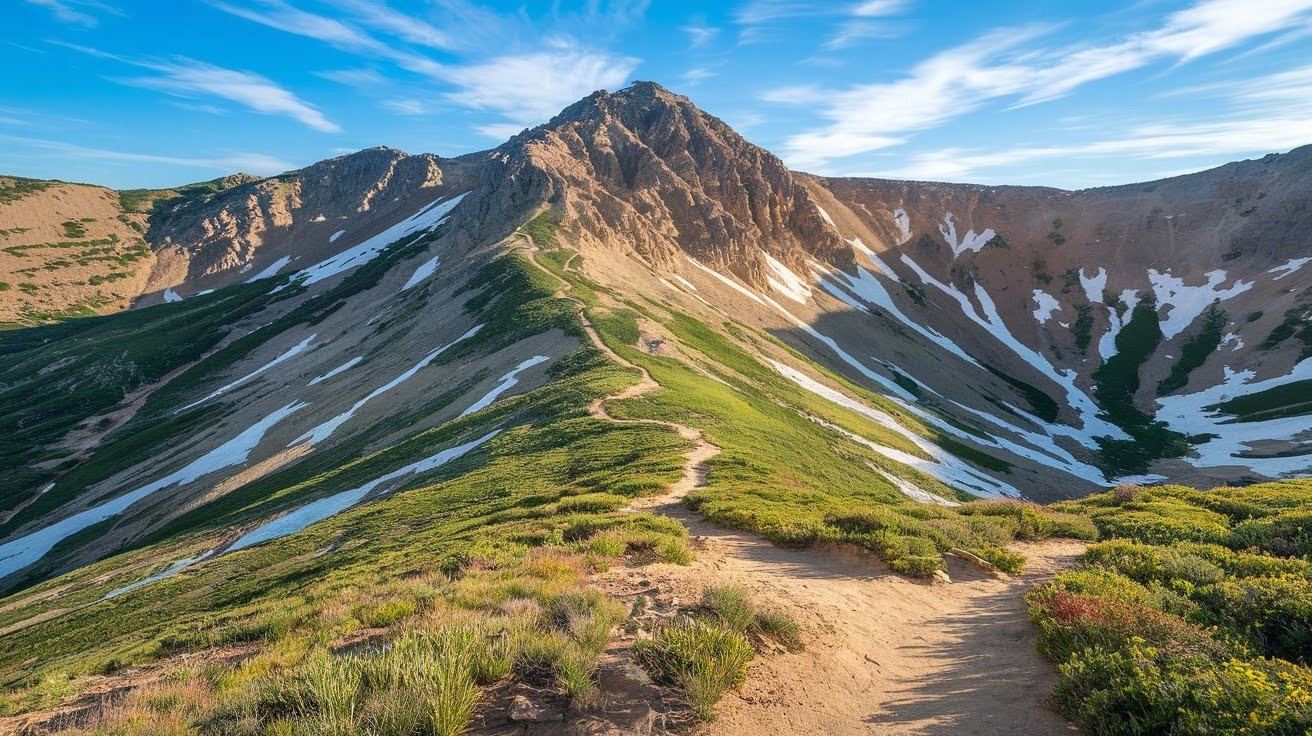
Choosing the right time to hike the High Sierra Trail can make a big difference. Hiking at the wrong time can mean dealing with snow, ice, and difficult conditions, while the best months offer clear trails and good weather.
The trail is generally open from May through October, but conditions depend a lot on winter snowfall. Early in the season, especially in May and June, you may still find snow on north-facing slopes and higher elevations. Hikers during this time might need extra gear like microspikes, ice axes, and winter camping equipment.
July and August tend to have the most stable weather and the least snow, making them the easiest months for most hikers. These months provide a safer and more enjoyable experience, with lower chances of unexpected snow or storms.
For first-time hikers, mid-July through early September is usually the best choice. During this period, trails are mostly snow-free, and weather conditions are generally reliable, offering a good balance of safety and comfort.
High Sierra Trail Planning Your Trip
Planning your High Sierra Trail trip carefully makes the hike safer and more enjoyable. Smart preparation reduces stress and helps you make the most of your time on the trail.
Most hikers go eastbound, starting at Crescent Meadow and finishing at Whitney Portal. This direction works well because permits are easier to get, and it lets you gradually adjust to higher elevations. Ending at Mount Whitney gives a satisfying finish to the hike.
There are several ways to plan your trip. A 5-day plan is best for strong, experienced hikers who can cover 12-15 miles per day. A 7-day plan suits most hikers, covering 8-12 miles per day and leaving time to enjoy the scenery. A 9-day plan offers a relaxed pace, ideal for photographers or anyone who wants to fully enjoy the trail.
Camping spots along the trail are officially designated and include bear boxes for easy food storage and water access. Notable sites include Hamilton Lake and Moraine Lake. Taking the side route to Moraine Lake adds about a mile to the hike but rewards you with one of the most beautiful camping spots in the Sierra Nevada.
High Sierra Trail Transportation and Getting There
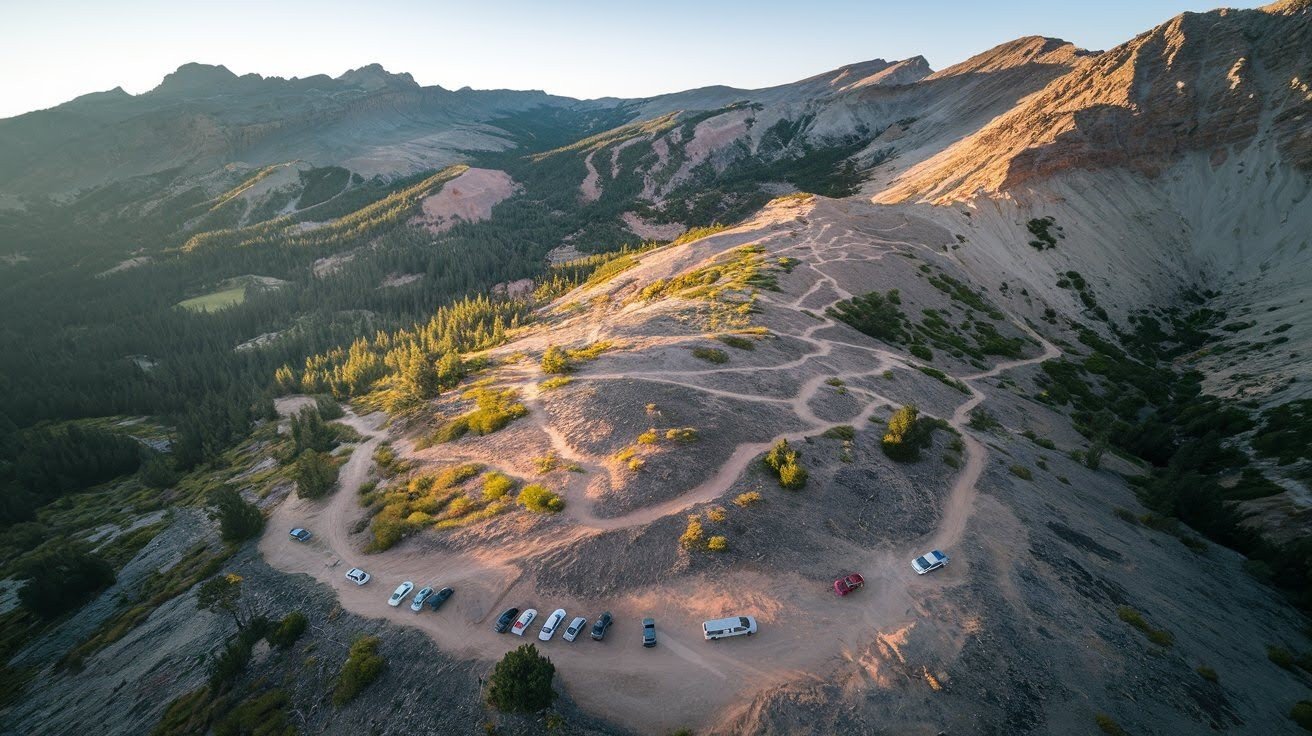
Getting to the High Sierra Trail takes some planning because the trail starts and ends in different places. One of the easiest ways is to use two cars. You can drive both cars to Whitney Portal, leave one there, and then drive the other to Crescent Meadow. This way, you have a car waiting at the end of your hike.
Another option is to ask family or friends for help with drop-off and pickup. Public transportation is also possible, but it often involves several transfers and careful timing.
If the two-car method isn’t possible, there are other choices. Paid shuttle services can pick you up at Whitney Portal and take you back to Crescent Meadow. Some hikers hitchhike to nearby towns during the busy season, while others trade car keys with fellow hikers, though this requires trust.
For those who want a simpler plan, hiking both ways is an option. It removes the need for transportation but doubles the distance you have to cover.
High Sierra Trail Gear and Equipment
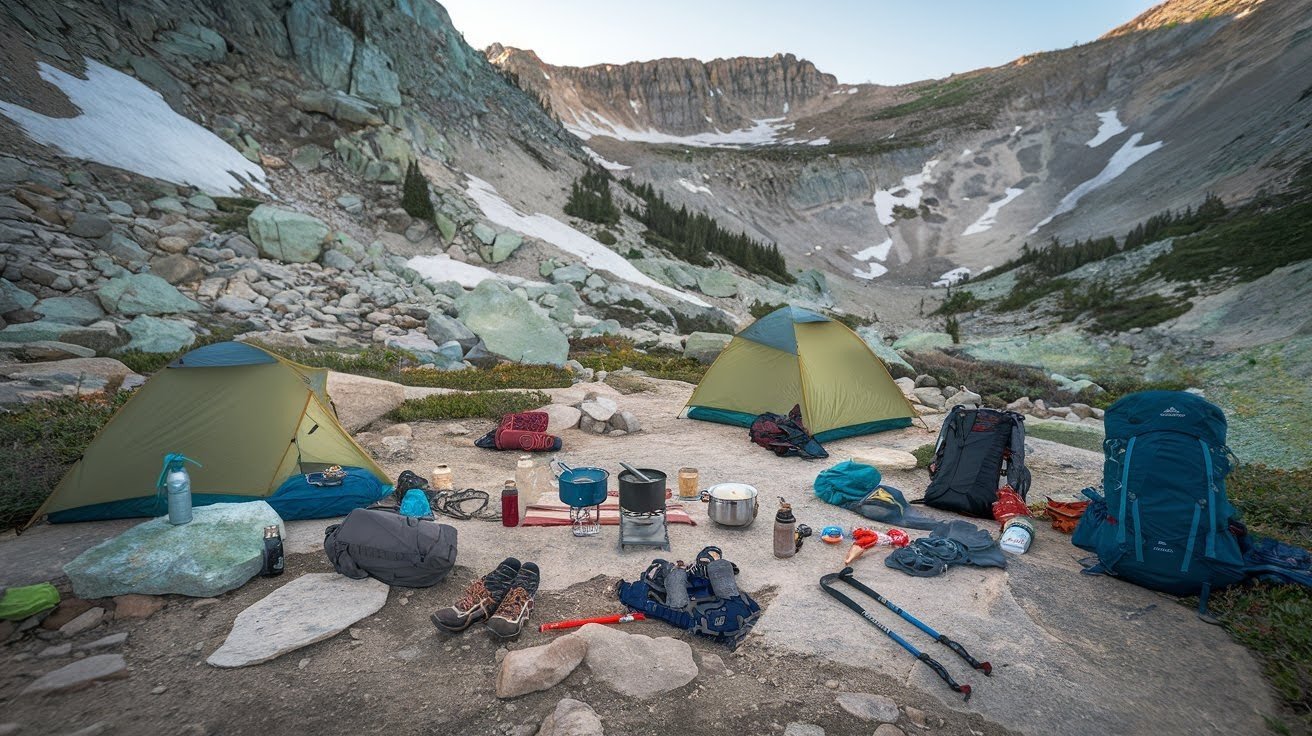
Having the right gear makes hiking the High Sierra Trail safer and more comfortable. It’s important to be prepared for changing weather and trail conditions. A reliable tent, a warm sleeping bag, cooking gear, and weather protection are essential. Hikers should focus on lightweight gear since every extra pound can make a big difference.
All hikers must carry an approved bear canister for food storage, with the BV500 being a popular choice. Cleaning and treating water is also important because you’ll be using natural water sources along the trail.
Hikers must also follow the Whitney Zone rules for human waste. This means carrying special waste bags, known as wag bags, and sealing them completely until they can be properly disposed of. Wag bags should be used anytime you camp above the treeline, even outside the Whitney Zone.
Early-season hikers may need extra equipment depending on snow and ice conditions. Microspikes and an ice axe can be necessary in snowy areas. It’s also important to carry warmer sleeping bags, waterproof clothing, and extra food in case bad weather slows your progress.
Water, Wildlife, and Safety
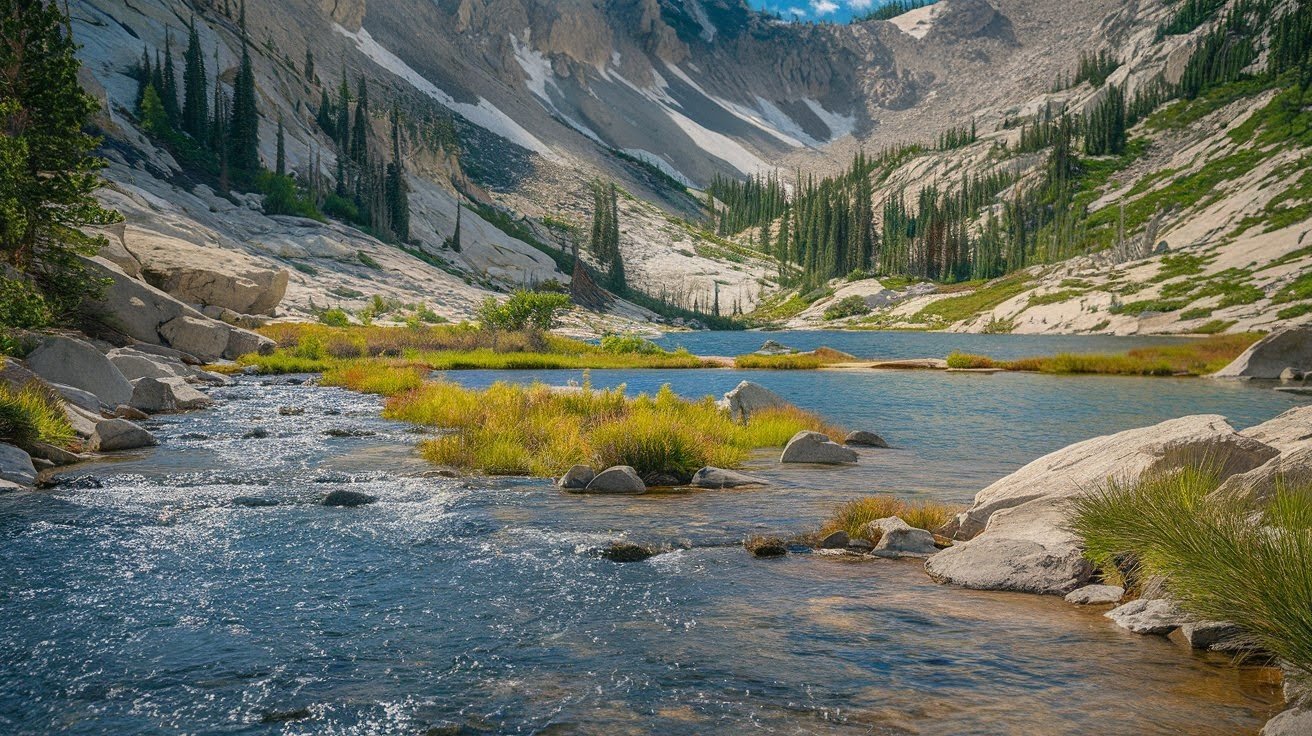
Knowing about water, wildlife, and safety is important for a successful hike on the High Sierra Trail. Planning helps you avoid problems and enjoy your trip.
Water is available at most major creeks, lakes, and established camping areas. The longest stretches without water are between Big Arroyo and Moraine Lake, and from Guitar Lake to Trail Camp. It’s important to always treat water before drinking by filtering, boiling, or using chemical tablets.
Black bears are common in the area, so it’s important to stay safe. Make noise while hiking and never feed the bears. All food should be stored in bear canisters at all times, even during lunch breaks.
Other wildlife includes mosquitoes in the summer, curious marmots, and occasional rattlesnakes at lower elevations. Staying alert and respecting the animals helps keep both hikers and wildlife safe.
Training and Getting Ready
Getting ready for the High Sierra Trail makes the hike safer and more fun. Proper preparation helps reduce problems on the trail and allows you to enjoy the experience fully.
Physical training is important before your trip. Focus on hiking with a backpack and building leg strength. It’s a good idea to start 2 to 3 months in advance, with longer hikes on weekends and shorter workouts during the week. Spending time at higher elevations before your trip can also help your body adjust and reduce the risk of altitude sickness.
It’s also important to follow Leave No Trace rules while hiking. These rules help protect the natural environment and keep the trail clean. Stay on established paths, carry out all trash, and respect the area so it remains beautiful for future hikers.
By training and respecting the wilderness, you can enjoy the High Sierra Trail safely while helping preserve its beauty for others.
Trail Highlights and Must-See Spots
These are the best places to see and take photos on the trail. Don’t miss the main viewpoints and lakes along the way.
- Hamilton Lake and Precipice Lake are very popular for photos.
- Kaweah Gap viewpoint is the highest point with great views both ways.
- Guitar Lake and Mount Whitney summit are the main highlights.
- Sunrise and sunset give the best photo opportunities.
Final Tips and Advice
A few simple tips can make your hike safer and more fun. Plan and enjoy every step.
- Start early for good weather, light, and campsite choices.
- Bring extra layers for Mount Whitney it’s 30-40°F colder at the top.
- Celebrate after the hike at Whitney Portal Cafe with pancakes.
- Future trips could include the John Muir Trail or other classic Sierra routes.
Conclusion
The High Sierra Trail offers the perfect introduction to thru-hiking without requiring months away from work and family. This 72-mile trail gives you a real mountain trip in just one week.
Smart planning makes all the difference in your success. Get your permits early, choose the right season, and prepare your gear and fitness ahead of time. Start planning your High Sierra Trail trip today and get ready for a hike that will change your life.
Frequently Asked Questions
Can You Hike The High Sierra Trail Without Permits?
No, permits are required for all overnight hiking. Rangers actively check permits, and violations result in fines. Consider nearby day hikes if you can’t get permits.
What Happens If Bad Weather Stops Your High Sierra Trail Hike?
Limited exit options exist, mainly at Bearpaw Meadow. Have emergency plans, extra food, and flexible schedules. Most weather delays last 1-2 days maximum.
Are Dogs Allowed On The High Sierra Trail?
Dogs are not allowed in Sequoia National Park to protect wildlife. Consider nearby national forest trails for dog-friendly backpacking options instead.
How Much Does It Cost To Complete The High Sierra Trail?
Permits cost $20 total, plus transportation, food, and gear. Budget $300-800, depending on gear needs and transportation choices, for a complete trip.
Can Beginners Successfully Hike The High Sierra Trail?
Yes, with proper preparation and realistic timelines. Build fitness, practice with gear, and choose a 7-9 day schedule for your first Sierra backpacking trip.

